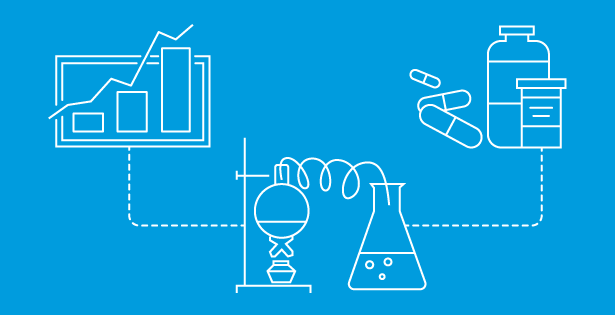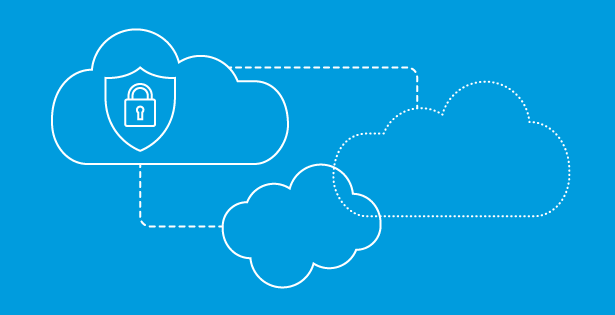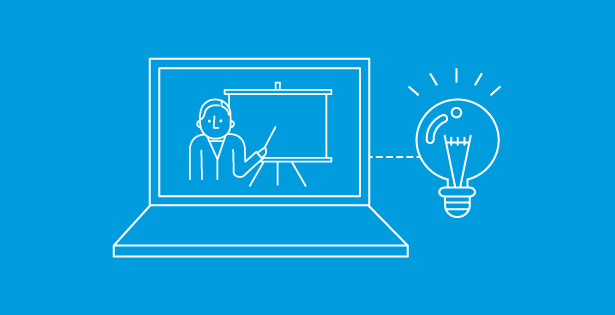Effectively managing your NetSuite environment is important for ensuring optimal user performance, data security, and scalability for your business operations. The best practices laid out below will help you manage your NetSuite environment so that it is well-organized and high performing.
System Architecture
- Create and maintain a graphic that shows NetSuite, the integrations associated with NetSuite, and the processes carried out in each system.
- Create and maintain separate process flows that show the records and data that are communicated between NetSuite and each of its integrations.
Standard Operating Procedures (SOPs)
- Create and maintain documents that outline the step-by-step processes within each functional area (P2P, O2C, etc.).
-
- These documents are called SOPs.
File Repository
- Leverage a file repository platform that allows you to upload and maintain your documents in one centralized location.
- Within this platform, create folders that are broken down by functional area.
- Within each functional area folder, upload all relevant SOPs and process flows.
Roles & Responsibilities
- Assign someone in your organization to be the owner of each functional area within NetSuite and its integrations.
- Each owner should be responsible for the following:
-
- Understanding the end-to-end processes within their functional area to be able to answer questions from users and effectively communicate with Admins.
-
- Maintaining their functional area file repository and its process flows and SOPs.
-
- Define the standard operational reports/dashboards to ensure users are using approved reports for tasks.
-
- Suggesting process improvements.
-
- Develop a plan with the 3rd party system stakeholders to monitor connection / syncing errors between systems.
- Clearly communicate to all NetSuite stakeholders who the Admins, functional area owners, and integration owners are so that each can effectively work together to solve issues and implement process improvements.
Change Management
- Leverage a change request platform so that users can upload and track requested changes.
- Establish a step-by-step plan for managing changes in Production.
- The plan should follow the steps below:
-
- Your NetSuite users experience an issue and they reach out to the relevant functional area owner or they upload a ticket on your change request platform.
-
- The functional area owner communicates the issue and end goal to the Admin.
-
- The Admin tests the potential solutions in Sandbox.
-
- Once the solution is found, the Admin creates test cases in Sandbox for the functional area owner to do.
-
- The functional area owner successfully passes the test cases.
-
- The functional area owner sends written approval to the Admin to migrate the solution to Production.
-
- The Admin migrates the solution to Production and emails the functional area owner stating that the solution has been deployed.
-
- The functional area owner updates the associated SOPs and process flows if applicable.
-
- The functional area owner notifies the relevant users of the change if applicable.
Reviews
- Quarterly
-
- Maintain a document that outlines every change that an Admin was approved to make and attach that associated approval email. Compare that document to a NetSuite saved search that outputs all system notes that pertain to Admins to ensure that all Admin changes were approved.
-
- Collect feedback from all NetSuite stakeholders to understand what needs to be improved upon.
- Biannual
-
- Export the list of users and their assigned roles to ensure that the appropriate people within your organization have NetSuite access and that access is within their scope of work.
- Annual
-
- Review the permissions assigned to each role to ensure that no role has capabilities beyond what is expected.
Sandbox Refresh
- Request a Sandbox refresh every 6 – 8 months.
- Before refreshing Sandbox, ensure there are no active initiatives in Sandbox that haven’t yet been cutover to Production.
- If Production has SSO configured and Sandbox does not, in Sandbox make sure to assign your users the non-SSO version of their roles so that they can log in from the NetSuite Login Portal.
New Release Upgrades
- New Release upgrades occur within Q1 and Q3 of each year, so be sure to request a release preview environment as soon as the option comes available.
- Read through the release preview notes that NetSuite provides.
- Create test cases for any of your features called out in the release preview notes.
- Create test cases for your general day to day operations.
- Delay the new release upgrade in both Sandbox and Production if you have not successfully passed all test cases before the upgrade date.
- Once Production is upgraded, notify your users to raise any NetSuite issues with your Admins.
If you would like more information on NetSuite system management best practices, reach out to NetSuite consultants at RSM US LLP.

 RSMUS.com
RSMUS.com


